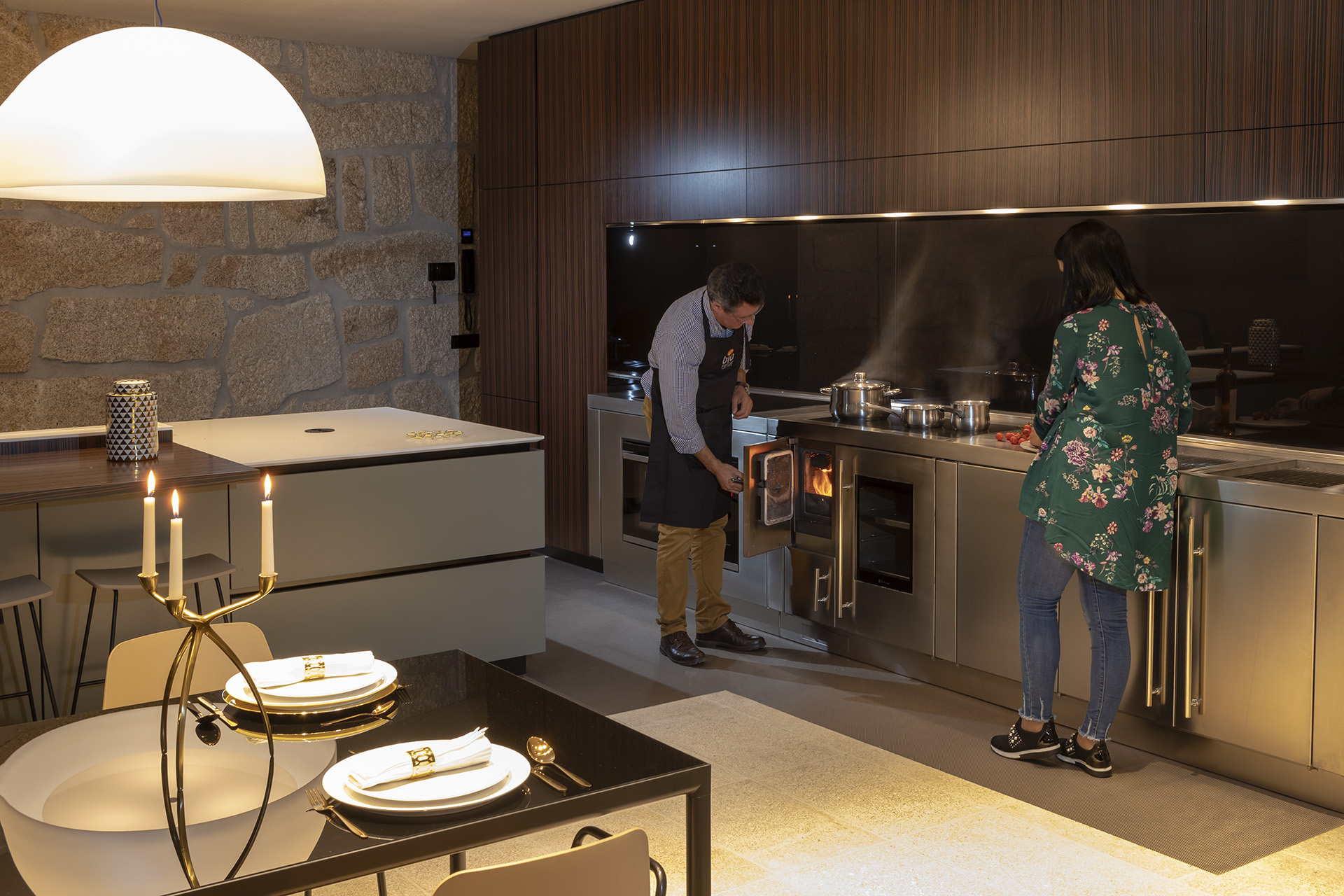
In most modern homes, we have separate systems for heating our homes, cooking our food and heating our water. These three different mechanical systems require independent sources of energy. Even the most energy-efficient all-electric homes will probably have separate connections for the water heater, heat pump and induction cooker.
Today, leading building professionals are experimenting with ways to better integrate these systems. Drain water heat recovery systems, for example, work to reuse the energy from the hot water flowing down the shower drain to heat the house or reheat the hot water tank. Many of the best heat pumps on the market also offer hot water as a by-product.
These technologies may seem ‘cutting edge’, but the principle of integrating domestic technologies has been in place for hundreds of years. The triple benefit cooker used by great-grandmothers all over the world was a system that covered three of the most basic functions in the home. High calorific value firewood harvested locally from the farms and forests where our ancestors lived was used for cooking, heating water and heating the house. Far from being a ‘primitive’ technology, these cast iron wood cookers integrated several durable parts, allowing one fire to serve three functions.
Each triple benefit cast iron wood cooker was different. However, they probably all included hot water tanks continuously heated by the steam and smoke moving up the chimney. Older houses were notoriously poorly insulated, although a working knowledge of the best wood-burning practices meant that these houses could be heated by a fire that burned all day long. Before microwaves and instant meals, people ate home-cooked food from scratch. As well as being much healthier, this also required a constant dependence on a constant fire.
When chosen and installed correctly, wood-burning cookers can undoubtedly be used to cover 100 per cent of domestic heating, hot water and cooking needs. However, it's worth mentioning that the average square footage of houses a century ago was significantly smaller than today's huge homes of around 230 square metres. A wood-burning cooker will probably work better as an additional heat source in larger homes than as a primary heater. However, for smaller homes and tiny houses, a small wood-burning cooker can be all the house needs to stay comfortably warm during the winter, especially when high-performance insulation is combined with a focus on extremely well-sealed construction. For some houses, i.e. houses built to the Passive House standard, any form of combustion is not a safe option, so a wood-burning cooker is out of the question.